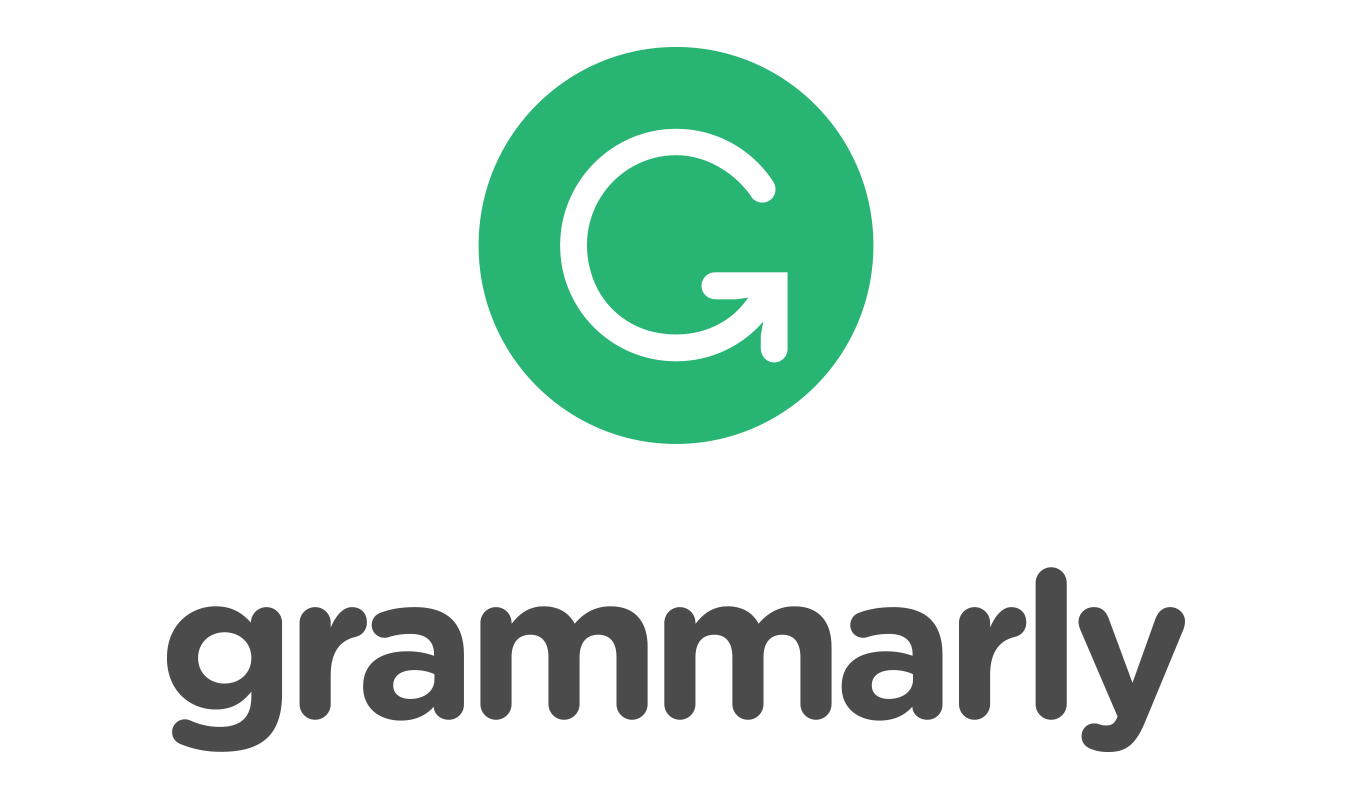Kreativitas Siswa dalam Menyelesaikan Soal Open Ended Ditinjau dari Gaya Belajar Global – Analitik
DOI:
https://doi.org/10.26740/jppms.v8n1.p30-35Abstract
Creativity is a person's ability to create something new. Creativity needs to be developed in order to face global challenges due to technological developments. Problems with the open-ended type are examples of problems that can be used to train students to think creatively. In solving these problems, students' creativity will vary depending on their learning style. This study aims to describe students' creativity in solving open-ended questions in terms of global - analytic learning styles. This research is a qualitative descriptive study with data collection using tests and interviews. The subject used is 1 student each with different learning styles, namely global learning styles and analytical learning styles with equivalent mathematical abilities. The indicators used are indicators of Silver's creative thinking and creative level according to Siswono. The results showed that the creativity of students with global learning styles only met the fluency indicator, while the analytical learning style met the fluency and flexibility indicators, then each student with global and analytical learning styles still did not meet the novelty indicators. In order for the research conducted to get good results, the subject must look for answers that can be categorized as creative.References
Kadel P. B. (2014). Role of Thinking in Learning . Journal of NELTA Surkhet, 4, 57-63.
Lestari A. (2012). Penerapan Strategi Pembelajaran Matematika Berbasis Gaya Belajar VAK (Visual, Auditorial, Kinestetik). Jurnal Pendidikan Matematika, 1(1), 1-7.
Mayer R. E. (1992). Thinking Problem Solving, Cognition. New York: Freemann.
Mustangin dan Debora A. (2009). Penerapan Global Learning dan Mind Mapping dalam Pembelajaran Matematika sebagai Jaringan Konsep. Prosiding dalam Seminar Nasional Matematika dan Pendidikan Matematika, 301-302.
Restanto R. (2018). Analisis Kemampuan Berpikir Kreatif Mahasiswa dalam Menyelesaikan Soal Geometri Tipe Open-Ended Ditinjau Dari Gaya Belajar. Jurnal Numeracy, 5(1), 29-40.
Siswono T. Y. (2008). Model Pembelajaran Matematika Berbasis Pengajuan dan Pemecahan Masalah untuk Meningkatkan Kemampuan Berpikir Kreatif. Surabaya: Unesa University Press.
Suhandoyo G. dan Wijayanti P. (2016). Profil Kemampuan Berpikir Kreatif Siswa dalam Menyelesaikan Soal Higher Order Thinking Ditinjau dari Adversity Quotient (AQ). MathEdunesa Jurnal Ilmiah Pendidikan Matematika, 3(5) 156-165.
Tobias, C. U. (2009). Cara Mereka Belajar (The Way They Learn). Jakarta: Pionir Jaya.
Downloads
Published
Issue
Section
 Abstract views: 150
,
Abstract views: 150
, PDF Downloads: 133
PDF Downloads: 133








